Table of Contents
- The Fire Ignited: Present-Day Tensions
- A History of Broken Promises and Wars
- The Heavy Price Paid by Pakistan
- The Gunda Raj of Pakistan’s Military
- The Road Ahead: Is There a Solution?
- Conclusion: Operation Sindoore — A New Doctrine
The Fire Ignited: Present-Day Tensions
In the early hours of last week, the Indian Armed Forces launched Operation Sindoore, a swift and high-precision retaliation against terror camps and military installations across the Line of Control (LoC) in Pakistan-occupied Kashmir (PoK). After repeated cross-border attacks and the tragic loss of Indian soldiers and civilians, New Delhi decided enough was enough. The operation was not just another military maneuver; it was a clear signal of India’s zero-tolerance stance towards cross-border terrorism.
The Indian military reportedly deployed BrahMos cruise missiles, Pinaka rocket systems, and Hammer precision-guided bombs during the operation. India’s 2016 Surgical Strikes and the Balakot Airstrikes set the precedent, but Operation Sindoore marked a significant escalation, with assets from all three services placed on high alert.
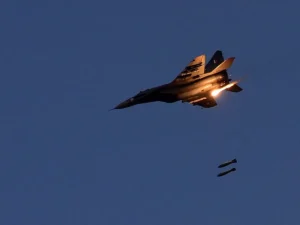
Pakistan’s leadership reacted sharply. Their Prime Minister warned of full-scale retaliation, while their foreign office decried India’s action as “unprovoked aggression.” In contrast, Indian leaders, including Defence Minister Rajnath Singh and Prime Minister Narendra Modi, reaffirmed that India’s patience had limits and terror support would no longer go unanswered. Modi stated, “India will not tolerate terror from across the border. Our patience has limits.”
International reactions were mixed. The US called for restraint but upheld India’s right to self-defense. France and Israel expressed solidarity, while China urged calm, stopping short of condemning India. The United Nations expressed concern but failed to address Pakistan’s terror links directly. Gulf nations like the UAE and Saudi Arabia, traditionally close to Pakistan, subtly shifted their stance by calling for dismantling terror infrastructure.
A History of Broken Promises and Wars
Pakistan has violated ceasefire agreements more than 11,000 times, according to India’s Ministry of External Affairs. Each time, these violations have escalated into major conflicts or diplomatic crises.
Let’s go back in history:
- 1947-48 War: Pakistan’s first aggression when tribal militias backed by its army invaded Kashmir. The war ended with Pakistan illegally occupying a portion of Kashmir.
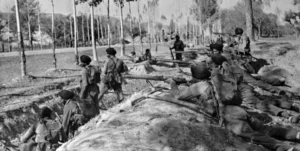
- 1965 War: A failed attempt by Pakistan to annex Kashmir. India emerged victorious, and the Tashkent Agreement restored peace temporarily.
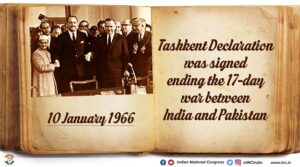 The Tashkent Agreement, signed on January 10, 1966, ended the 1965 Indo-Pakistani War. It was signed by Indian Prime Minister Lal Bahadur Shastri and Pakistani President Muhammad Ayub Khan. The agreement was mediated by Soviet Premier Alexei Kosygin and aimed to restore peace and normalize relations between the two countries.
The Tashkent Agreement, signed on January 10, 1966, ended the 1965 Indo-Pakistani War. It was signed by Indian Prime Minister Lal Bahadur Shastri and Pakistani President Muhammad Ayub Khan. The agreement was mediated by Soviet Premier Alexei Kosygin and aimed to restore peace and normalize relations between the two countries. - 1971 War: Pakistan faced a humiliating defeat. Over 90,000 Pakistani soldiers surrendered, leading to the birth of Bangladesh. The financial and human costs were staggering for Pakistan.
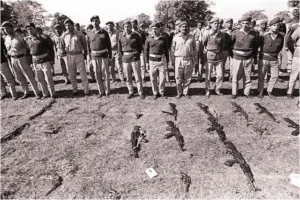
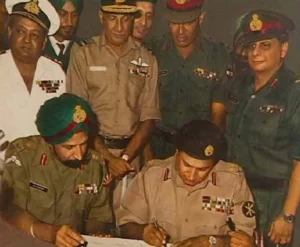
This historic moment, captured in a photograph of Lieutenant General AAK Niazi signing the instrument of surrender, effectively ended the war and led to the creation of Bangladesh
The iconic image of 93,000 Pakistani soldiers surrendering to the Indian Army in 1971 is a powerful symbol of the Bangladesh Liberation War.
The surrender was a result of India’s military intervention and the internal resistance against Pakistani forces in East Pakistan, according to Business Standard.
- 1999 Kargil War: Pakistan’s army, in an act of betrayal, occupied Indian posts during peacetime. India successfully reclaimed its posts, but at a high cost.
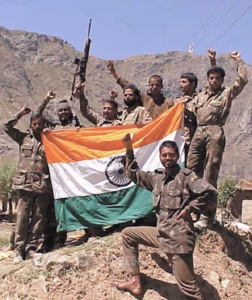 The Indian Army raising the flag at the end of the Kargil War in 1999 symbolizes victory and the successful recapture of territory from Pakistani forces. This event is commemorated annually on Kargil Vijay Diwas (Kargil Victory Day) on July 26th, Ketto reports.
The Indian Army raising the flag at the end of the Kargil War in 1999 symbolizes victory and the successful recapture of territory from Pakistani forces. This event is commemorated annually on Kargil Vijay Diwas (Kargil Victory Day) on July 26th, Ketto reports.
Each of these conflicts saw Pakistan receiving support from allies like China, Saudi Arabia, and during the Cold War, even tacit backing from the US. However, the global power equation is changing. Russia, France, and Gulf nations have increasingly sided with India’s stance against terrorism. The world now views India as a stabilizing force in the region, while Pakistan is seen as a sanctuary for terror networks.
The Heavy Price Paid by Pakistan
Pakistan’s military misadventures have drained its economy. According to The Diplomat, the cumulative cost of wars and terror-related activities has been an estimated $60-80 billion. Tens of thousands of lives, including civilians, soldiers, and paramilitary forces, have been lost over decades of conflict.
Beyond the battlefield, Pakistan’s persistent support for terror outfits like Jaish-e-Mohammed, Lashkar-e-Taiba, and Hizbul Mujahideen has drawn severe global condemnation. The Financial Action Task Force (FATF Grey List) has placed Pakistan on its watchlist multiple times, leading to financial strain.

The IMF, during Pakistan’s repeated bailout requests, has subtly pointed out the need for Islamabad to curb terror financing and improve governance. UN counter-terrorism agencies have echoed similar sentiments, though stronger action has often been blocked by Pakistan’s allies.
The economic damage is visible. Pakistan’s currency has plummeted, inflation is at an all-time high, and foreign investments have dried up. Public discontent is rising as essential services collapse under financial pressure. With every military misadventure, the price Pakistan pays only gets heavier.
The Gunda Raj of Pakistan’s Military
Internally, Pakistan faces what many critics call the “Gunda Raj” of its military establishment. Since independence, the Pakistani Army has executed multiple coups and controlled the country either directly or through puppet civilian governments. Leaders like Ayub Khan, Zia-ul-Haq, and Pervez Musharraf ruled with an iron fist, stifling democracy.
Even today, under a civilian government, the real power lies with the military and the Inter-Services Intelligence (ISI). They dictate foreign policy, control domestic security, and suppress dissent. Media outlets that criticize the army face censorship, while political activists are often victims of enforced disappearances.
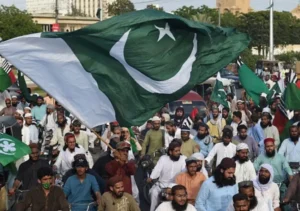
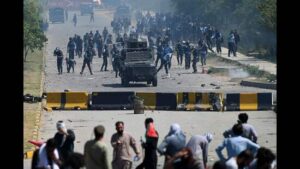
Pakistani citizens protesting against army’s political control.
Visual proof of internal unrest and Gunda Raj.
In recent years, Pakistan’s judiciary has also faced allegations of being influenced by military authorities. International human rights organizations, including Amnesty International and Human Rights Watch, have reported on widespread abuses and political suppression.
This political interference has hindered Pakistan’s democratic development and led to economic stagnation. The army’s overreach into business ventures through its conglomerates, like the Fauji Foundation, further entrenches its grip on the country’s resources.
The Road Ahead: Is There a Solution?
Operation Sindoore sends a clear message, but it also raises critical questions about what lies ahead. Experts suggest that a multi-pronged approach is the only solution:
- Stronger international pressure on Pakistan to dismantle terror networks, backed by punitive measures from bodies like FATF and IMF.
- Economic sanctions and enhanced monitoring mechanisms to choke terror financing channels.
- Diplomatic isolation of states that continue to harbor and support terrorist entities.
- Internal democratic reforms in Pakistan to reduce military interference in politics and promote civilian supremacy.
The growing global alignment in favor of India presents a unique opportunity. The United States, France, Israel, and even traditionally neutral Gulf nations are now leaning towards India as a reliable partner. China remains Pakistan’s primary backer, but even Beijing has shown signs of frustration with Islamabad’s failure to control instability, especially affecting the China-Pakistan Economic Corridor (CPEC).
A lasting peace will only be possible if Pakistan dismantles its terror infrastructure, restores civilian control over its military, and opens up its political and economic systems to genuine reform. Until then, India’s new doctrine of preemptive retaliation, as seen in Operation Sindoore, is likely to become the norm rather than the exception.
Conclusion: Operation Sindoore — A New Doctrine
Operation Sindoore represents India’s doctrinal shift from passive tolerance to proactive retaliation. No longer willing to absorb cross-border terror attacks silently, India has signaled a new era in its defense and foreign policy.
 Pakistan Army has been firing at various Indian positions along the LoC since Thursday night, with India responding effectively to the provocation.
Pakistan Army has been firing at various Indian positions along the LoC since Thursday night, with India responding effectively to the provocation.
As Prime Minister Modi stated, “Peace is our strength, but protecting our motherland is our duty.” This operation not only defends India’s territorial sovereignty but also sets a precedent for dealing with state-sponsored terrorism globally.
The world is watching. And this time, India has drawn a red line that cannot be crossed. With international support swinging in its favor, and Pakistan’s internal and external troubles deepening, the message is loud and clear: the era of tolerance is over. Operation Sindoore has not only retaliated but redefined India’s strategic posture for years to come.
Internal Links
External Links
- India’s 2016 Surgical Strikes
- Balakot Airstrikes Explained
- Pakistan’s FATF Grey List Status
- UN Reports on Global Terrorism
- Kargil War: Full Timeline
- What is CPEC?
- The Cost of Pakistan’s Wars
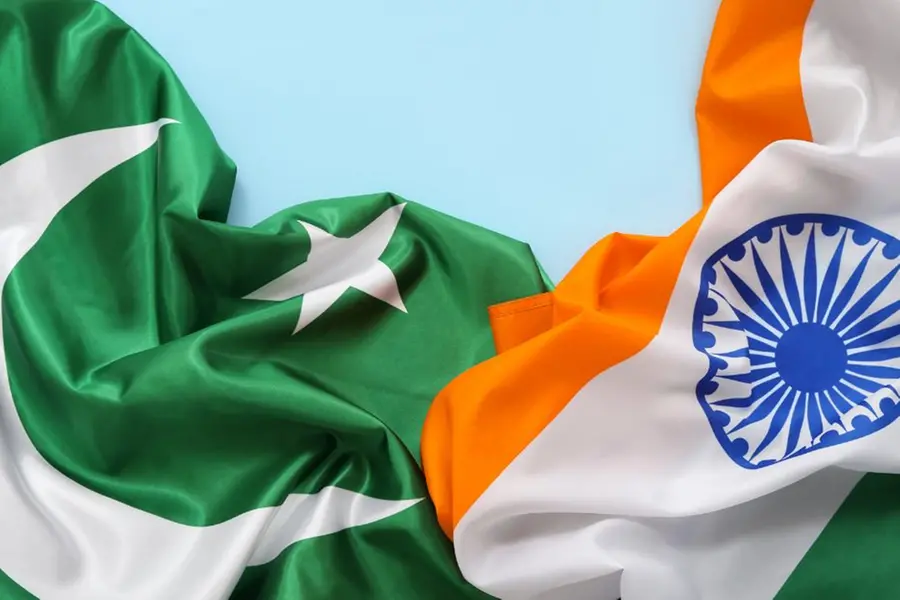




Need unique packaging to make your product stand out on the shelf? Order custom cardboard boxes with your own design and logo.
Box production is a key process in the packaging industry. Boxes are essential for the safe delivery and storage of products.
There are various types of boxes, differing in materials and form factors. Cardboard boxes are the most popular and environmentally friendly option.
It’s important that high-quality materials are used during the box manufacturing process. This approach ensures the durability of the packaging and the protection of its contents.
In today’s competitive market, companies are actively seeking ways to optimize production. Automation and the use of modern technologies help reduce costs.